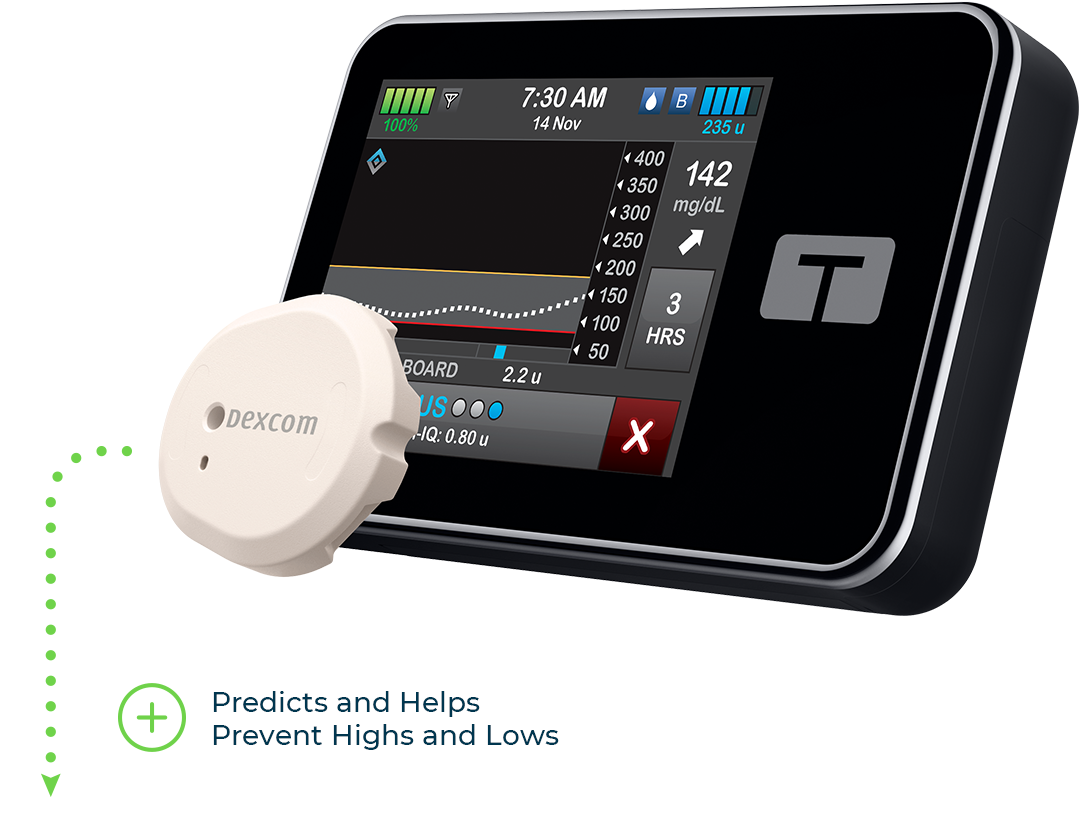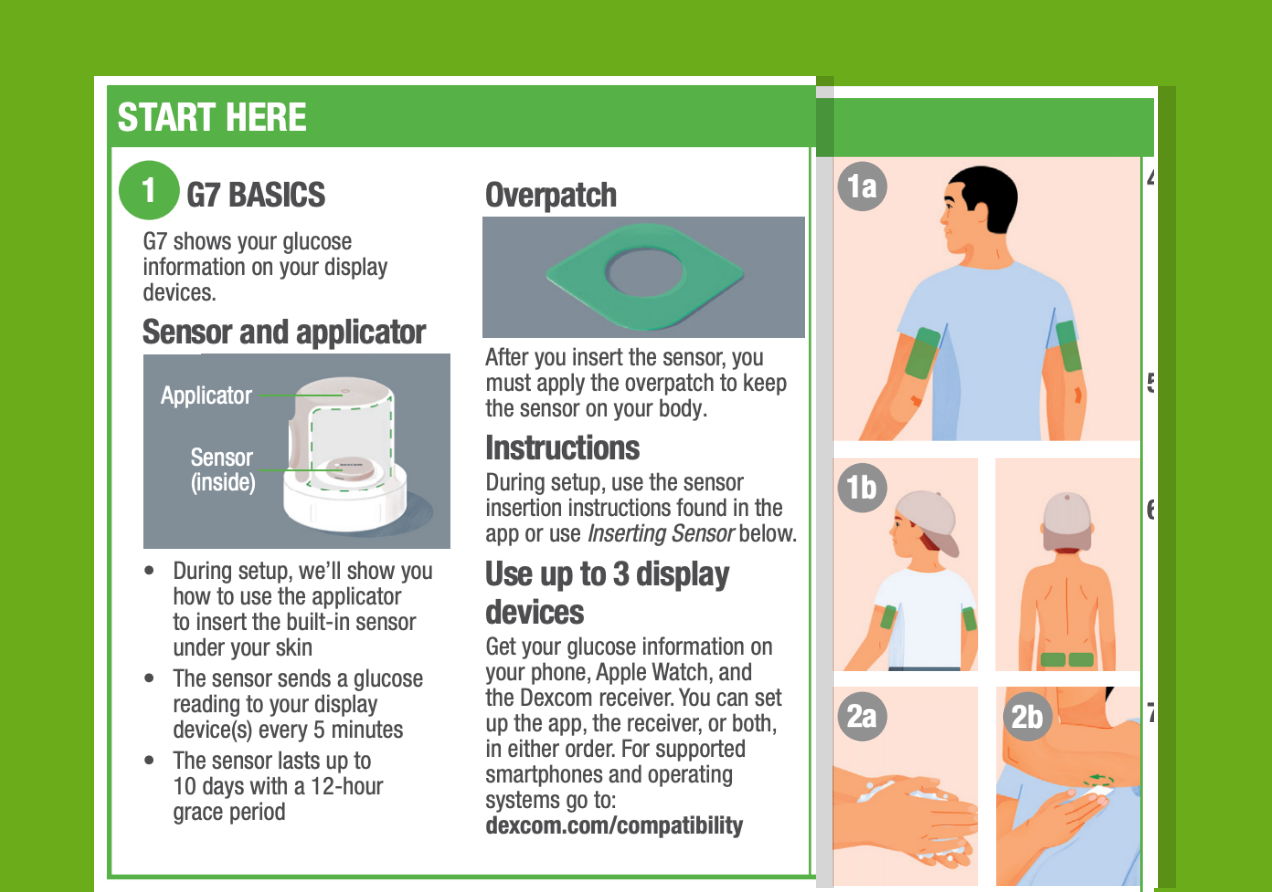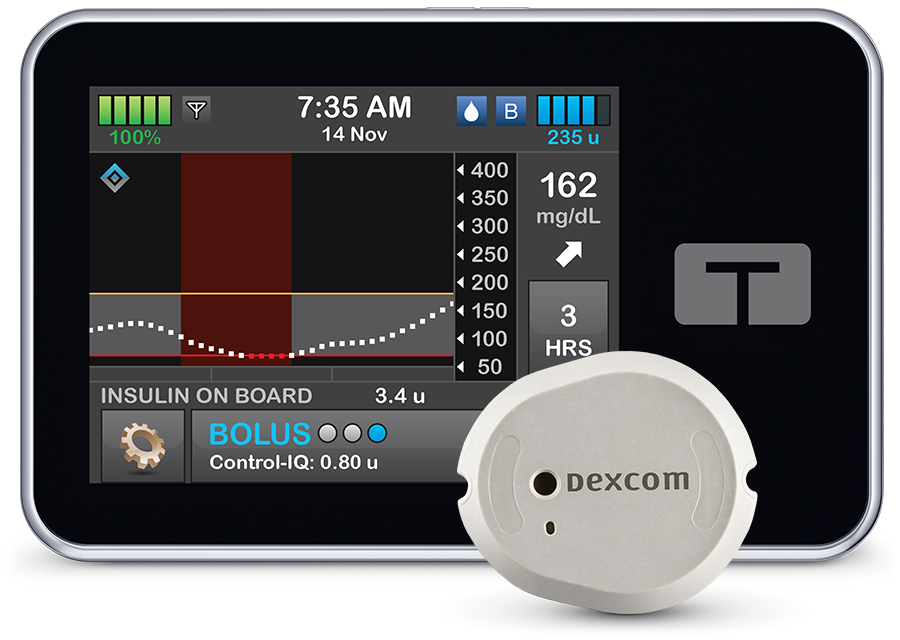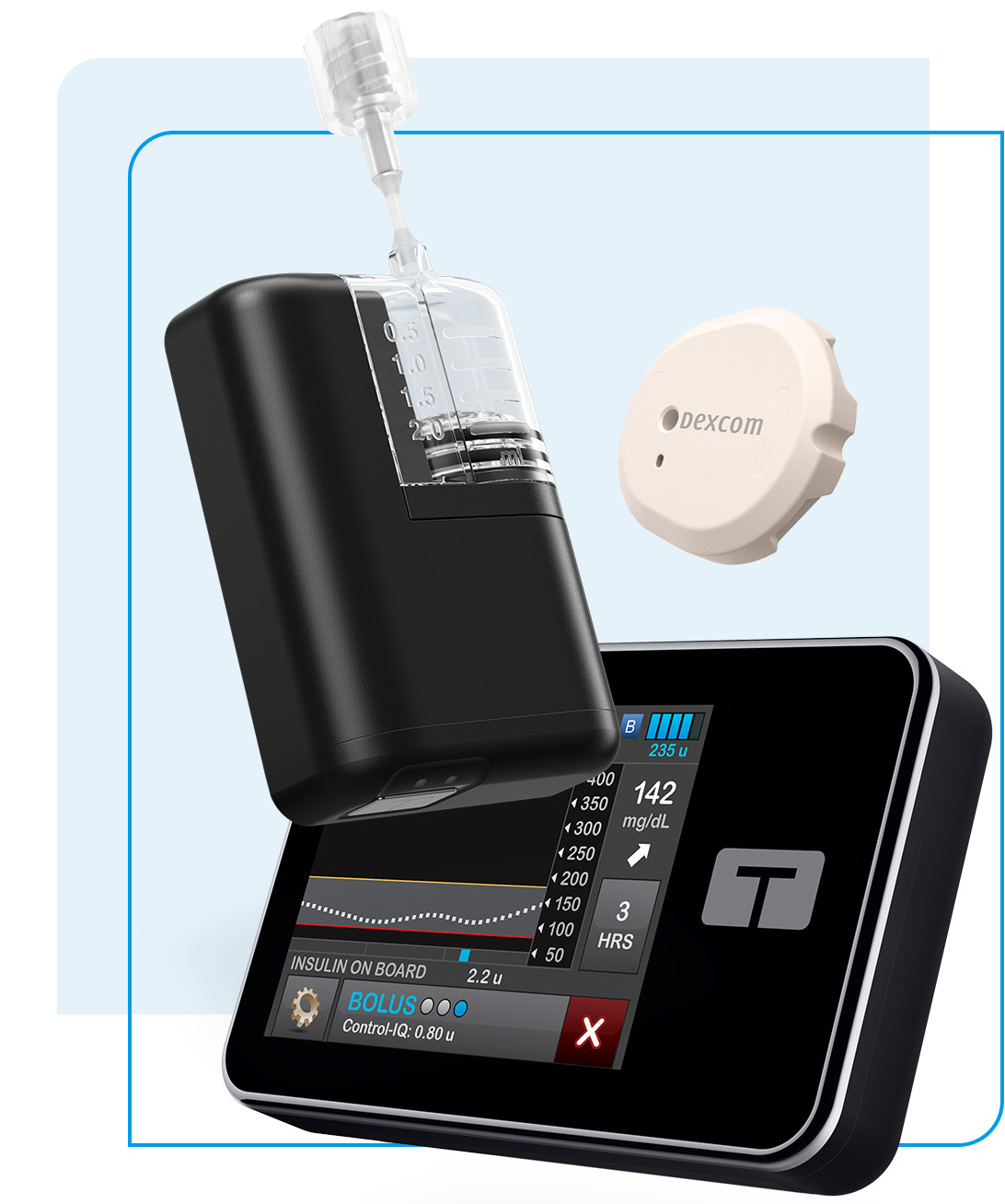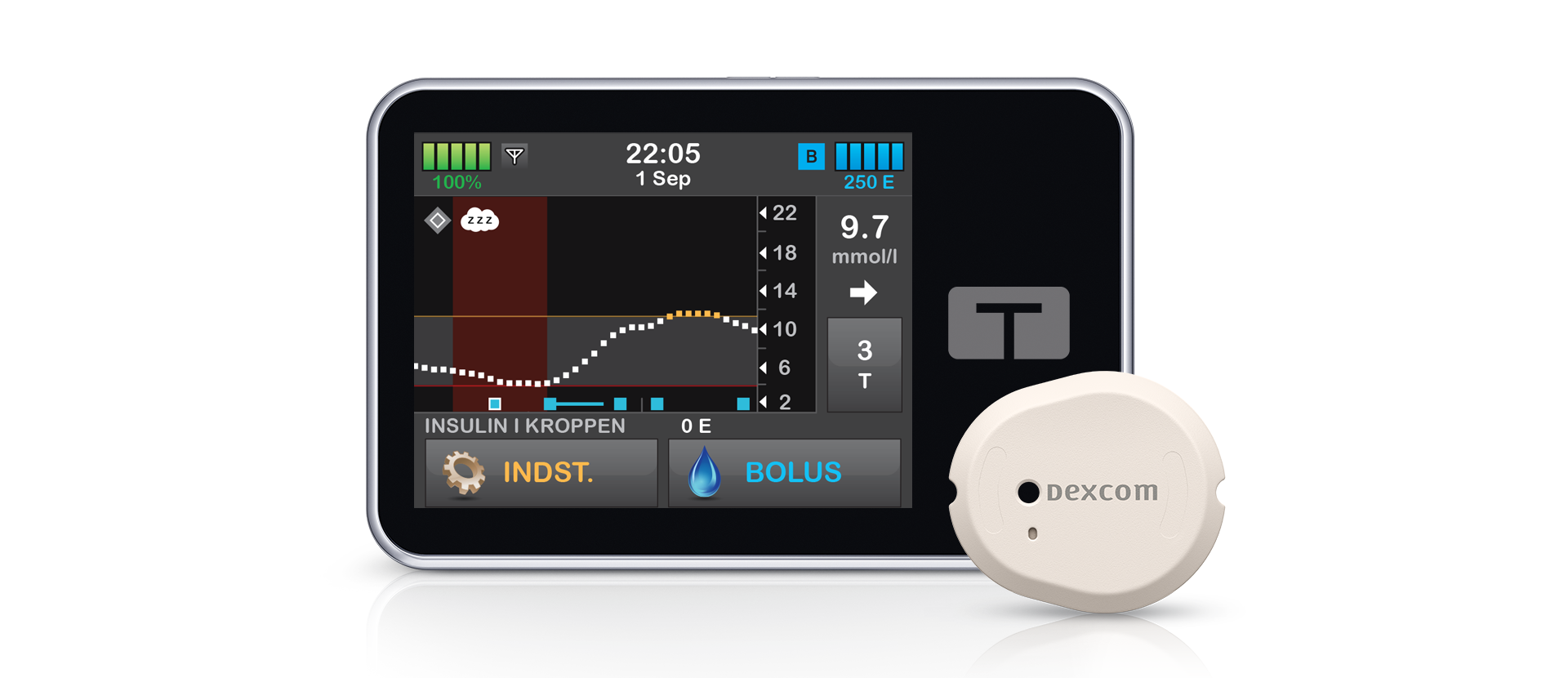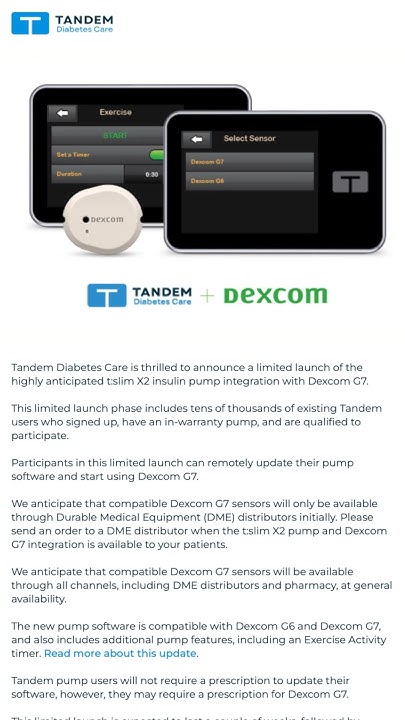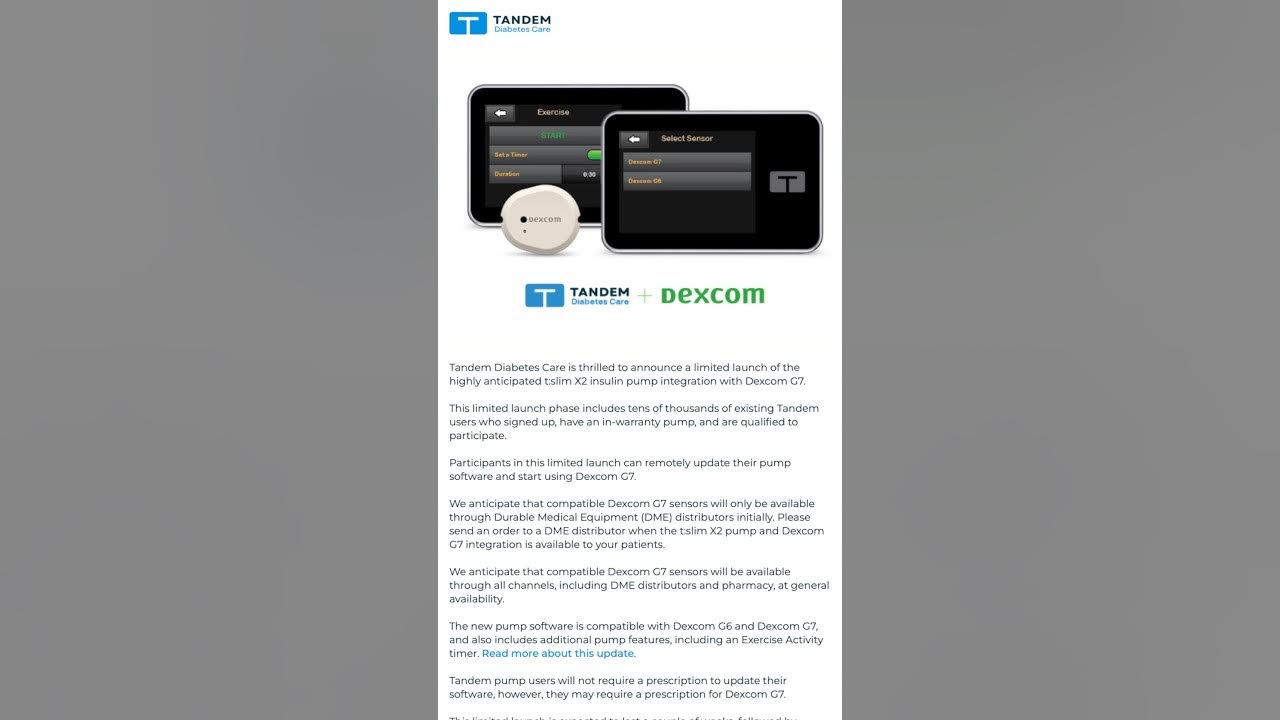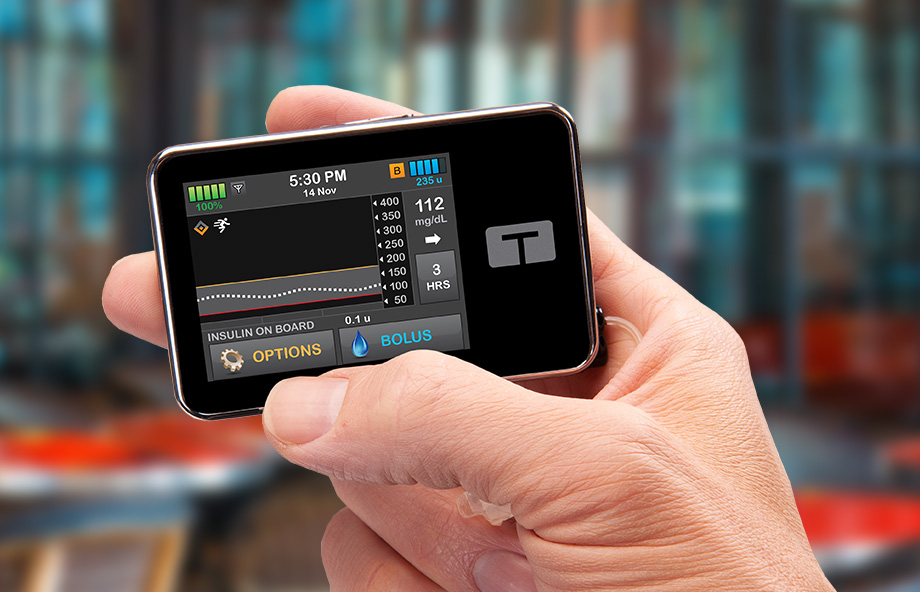How To Connect G7 To Tslim Pump

For individuals managing type 1 diabetes, the integration of continuous glucose monitors (CGMs) and insulin pumps represents a significant advancement in automated insulin delivery. The ability to seamlessly connect the Dexcom G7 CGM to the Tandem t:slim X2 insulin pump has been eagerly anticipated, promising enhanced glycemic control and a reduced burden on daily diabetes management.
This article provides a detailed overview of the process for connecting the Dexcom G7 to the Tandem t:slim X2 pump, highlighting key steps, considerations, and future implications for diabetes technology. It will examine the necessary requirements, the user experience, and the expected benefits of this integration for individuals living with type 1 diabetes.
Prerequisites for Connectivity
Before initiating the connection process, several prerequisites must be met. Ensuring these requirements are fulfilled is crucial for a smooth and successful integration of the Dexcom G7 and t:slim X2 pump.
Software Updates
The most fundamental requirement is having the latest software version installed on your t:slim X2 insulin pump. Tandem Diabetes Care regularly releases updates that enable compatibility with new devices and features. These updates are essential for the G7 integration.
Users can check for updates through the Tandem Device Updater on their computer. Follow the on-screen instructions carefully to download and install the latest software.
Dexcom G7 Compatibility
Confirm that your Dexcom G7 transmitter and sensor are compatible with the Tandem t:slim X2 pump. While most newer G7 sensors and transmitters are designed to work with the pump, older versions might require a specific software update or replacement.
Refer to the Dexcom website or the Tandem Diabetes Care support page for a list of compatible G7 transmitter serial numbers.
Familiarity with Devices
Having a solid understanding of both the Dexcom G7 and the t:slim X2 pump is essential. Users should be familiar with the basic operation, settings, and alerts of each device before attempting to connect them. Consult the user manuals provided by Dexcom and Tandem Diabetes Care for detailed information.
The Connection Process: Step-by-Step Guide
Connecting the Dexcom G7 to the t:slim X2 pump involves a straightforward process that can be completed in a few minutes. It is important to follow each step meticulously to ensure a successful connection and accurate data transmission.
Starting the G7 Sensor Session
Begin by starting a new sensor session on your Dexcom G7. This involves inserting the sensor and pairing the transmitter with the Dexcom G7 app on your smartphone.
Allow the warm-up period to complete before proceeding. The warm-up typically takes 30 minutes.
Initiating the Pairing on the t:slim X2 Pump
Navigate to the options menu on your t:slim X2 pump and select the "CGM" or "Sensor" option. Choose the option to “Pair New Sensor” or similar wording to initiate the pairing process.
The pump will then begin searching for nearby compatible CGM transmitters.
Entering the Transmitter ID
The t:slim X2 pump will prompt you to enter the transmitter ID of your Dexcom G7. This ID is typically found on the transmitter packaging or within the Dexcom G7 app.
Carefully enter the transmitter ID into the pump using the touchscreen interface.
Confirmation and Synchronization
After entering the transmitter ID, the pump will attempt to establish a connection with the Dexcom G7. Once the connection is established, the pump will begin receiving glucose data from the G7 sensor.
A confirmation message will appear on the pump screen, indicating that the pairing was successful. The pump's display will then show your current glucose reading and trend information.
Troubleshooting Common Issues
While the connection process is generally straightforward, some users may encounter issues. Here are some common problems and troubleshooting tips:
Connection Errors
If the pump fails to connect to the Dexcom G7, ensure that both devices are within close proximity to each other. Check that Bluetooth is enabled on both devices and that there are no other interfering Bluetooth devices nearby.
Restarting both the pump and the G7 transmitter can sometimes resolve connection issues.
Data Transmission Problems
If the pump is connected but not receiving glucose data, verify that the G7 sensor session is active and that the transmitter is properly attached to the sensor. Check the sensor signal strength on both the Dexcom G7 app and the t:slim X2 pump.
If the signal is weak, try moving the pump closer to the sensor insertion site.
Software Glitches
Rarely, software glitches can cause connectivity problems. Contact Tandem Diabetes Care or Dexcom support for assistance if you suspect a software issue. They can provide specific troubleshooting steps or recommend a software update.
Benefits of Integration
The integration of the Dexcom G7 with the t:slim X2 pump offers several benefits for individuals with type 1 diabetes. These benefits include improved glycemic control, reduced hypoglycemia, and enhanced convenience.
Enhanced Glycemic Control
The t:slim X2 pump's Control-IQ technology uses real-time glucose data from the Dexcom G7 to automatically adjust insulin delivery. This helps to keep glucose levels within a target range, reducing the risk of hyperglycemia and hypoglycemia.
The continuous monitoring and automated adjustments provide a more stable and predictable glucose profile.
Reduced Hypoglycemia
The Control-IQ algorithm is designed to proactively prevent hypoglycemia by reducing or suspending insulin delivery when glucose levels are trending low. This is particularly beneficial for individuals who experience frequent or severe hypoglycemic episodes.
The G7 integration further enhances this protection with its accuracy and responsiveness.
Improved Convenience
The integrated system simplifies diabetes management by eliminating the need for manual glucose checks and insulin adjustments. Users can rely on the automated system to maintain stable glucose levels, freeing them from the constant burden of self-management.
The system also provides comprehensive data and reports, making it easier to track glucose trends and make informed decisions about diabetes care.
Looking Ahead
The integration of the Dexcom G7 with the Tandem t:slim X2 pump represents a significant step forward in diabetes technology. As CGM and insulin pump technology continues to evolve, we can expect to see even more advanced features and integrations in the future.
Future developments may include improved algorithms, more personalized insulin delivery, and seamless integration with other diabetes management tools. The ultimate goal is to create a fully automated and closed-loop system that requires minimal user intervention.
Continued research and development in this area hold the promise of transforming the lives of individuals with type 1 diabetes, offering them greater freedom, improved health outcomes, and a reduced burden of disease. The combination of these technologies will undoubtedly shape the future of diabetes care for years to come.
